Before we dive into Dan Berger’s insights, a quick reminder: Napa Valley Features is funded by its subscribers. Without more paid support, we may need to scale back offerings like the “Wine Chronicles” or even close down. If you value our ad-free conflict-free local reporting, please consider becoming a paid subscriber. For just 16 cents a day, you can help keep local news independent, relevant and sustainable.
NAPA VALLEY, Calif. — Decades ago, we who collect wine did so out of a desire to maximize what Mother Nature and Father Time conspire annually to offer us: a classic, complex wine that only subtly shows us its potential when it’s young.
The key word here is “subtle.” We always knew that huge, bombastic red wines likely as not would not age very well. The fruit I like is more like berries, not raisins.
We also knew that even if a wine was white (such as a riesling), we could age it until its elements offered us something that no young wine can deliver – a depth from controlled maturity. Red wine differs. And we knew that when we tasted it as a young wine. Many were tight, “hard” with tannin, sharp with acid and unyielding in terms of depth. And we knew such wines would improve in a few years – or many years, depending on structure.
Our aim was not to consume the wine immediately after we bought it. Our intention was to allow it to gain so much more with time in a cool wine cellar, where its development was almost certainly on our side.
There was also the rare case of the potentially great wine that was interesting when it was young but which had such huge potential that it might not even be at a peak in 20 years; occasionally a wine came along that called for a lot more time. Napa Valley vineyards located in mountainous regions frequently delivered these kinds of edgy wines, most of which developed gorgeously as long as they got plenty of time. I’m thinking of wines from the Mayacamas Mountains or from Howell or Diamond mountains, among others.
The Bordeaux Experience
I wasn’t around as a wine lover when the 1961 Bordeaux wines were released. I began trying them in the early 1980s, when they were 20 years of age. In most cases, the wines were still hard, although fascinating. Early season cold weather in Bordeaux, which had reduced the size of the crop, yielded wines that were dense, compact, and had not only loads of concentration but also such high acid levels and tannins that the wines, even though they were 20+ years old, were still unyielding. (High tannin and high acidity in the same wine make for an experience that’s unattractive.)
And thus did the wines offer interesting primary flavors as well as secondary flavors, but with a tannic finish that wasn’t enjoyable. Indeed, some early reviews of the 1961 Bordeaux (top-growth wines) were that as great as they were potentially, most were hard to enjoy when young. Hold them, said the experts. A long time, they added.
So although some wine lovers could have tried the 1961 Bordeaux reds in the 1980s, the experience would have been far short of what they knew the wines would offer just another few years down the road. In some wines, it’s easy to see the primary fruit as well as cabernet sauvignon complexity as a sign that the wine will offer so much more in time (proper storage required).
As a result, most wine buyers waited. And waited. A result of this was not really a risk as long as the storage conditions were good. We tried the wines now and then, a Second-Growth here, a Cru Bourgeois there, and we found the 1961 wines to be a bit better the longer we waited, but more time was deemed appropriate for even more complexity.
Sure, the bright “fresh” cherry was turning into dried cherry, but the faint delicacy of “sweetness” that the wine retained and the complex flavor elements that continued to be displayed were still alive. The more complex elements were not fruit but savory notes, akin to aged Turkish tobacco such as Latakia, and the added complexities of sage (both dried and fresh), hints of tarragon (mint), occasionally a dash of oregano and cumin, and perhaps even a bit of pepper or licorice. And the famed “underbrush” was also lurking here and there.
It was, many said, a reflection of the soil of Bordeaux. The best 1961 Bordeaux were a revelation whether it was a typical Margaux, a typical St. Julien, or a typical St.-Estephe, the latter a bit harder and less yielding than, say, a Pomerol. And even though a wine from the latter district was made with less cabernet and more merlot, we still understood that time was the secret to these wines. The complexity we got from either district was worth the time that we waited.
Bordeaux began to change with the vintage of 1982 and the subsequent evaluations of that particular vintage.
The hype for the 1982 vintage Bordeaux wines came early after they were evaluated out of the barrel, literally months after the fermentation bubbles had stopped in the tanks and long before they were blended. The hype for the wines, which was magically translated into numbers, was never explained. At such an early stage, winemakers know that the wines are simply not even wine yet. That early in life., almost all red wines are unformed, immature. unblended, unaged. They are merely snapshots.
At that early stage, not even the winemakers could dissect the wines in terms of precision evaluations. Even though there was plenty of prognostication on the future, it seemed to me to be a rush to judgment. The fact that that bit of crystal ball gazing was done without any science, without any specific knowledge of the wines’ chemistry, left me doubting the real meaning of the scores.
Challenge your vocabulary with this week’s mystery word. Submit your answer in the poll, and check the bottom of the page for the correct answer.
Historical references occasionally appeared. Some critics would make assertions that seemed silly. One statement was made by someone born in 1947 that the 1982 Bordeaux were at least as good as young wines that paralleled the Bordeaux wines from the year 1929. That’s a terrific statement, but where is the validation? The person who wrote that wasn’t born when the 1929 wines were young. Nevertheless, we all started to get the idea that these 1982 wines were equal to the greatest vintage in Bordeaux history (1929, 1945, 1947, 1949, 1955, 1961), and thus the wines should be the target of every wine lover.
Yet comparing the 1961s to the 1982s is absurd. The former vintage was one of the smallest on record, a historical guarantee that the wines would be concentrated. Small vintages often equal quality wines. Real concentration has always been associated with great and age-worthy wine and often as a result of small tonnage. However, the 1982 Bordeaux wines came from the largest crop on record in Bordeaux and from a harvest season that finished with a rare heat wave in Bordeaux.
But 1982 was a watershed year for the Bordeaux producers. By 1984 the word had spread around the world: The 1982 reds were great. The Bordelaise were thrilled with the exalted reviews they got, notably because most of the chateau owners did not believe it was true. Yet the wines were selling like mad, thanks to the hype.
In 1985, when the wines were being marketed around the United States, a group of high-powered Bordeaux chateau owners toured the country on a promotional tour, all fully aware of the hype surrounding the wines, and a few were somewhat taken aback by this stroke of fortune. Jean-Michel Cazes of Château Lynch-Bages, in particular, was hesitant to assert that the claims of greatness for the 1982s were accurate. I presumed at the time that it was that the typical long-term longevity of any great vintage was unlikely to be there. That was the suspicion with which I was left after I interviewed him twice.
Two of my most fascinating interviews that 1985 day at the Beverly Hills Hotel were with John Salvi, the Master of Wine who was director at Château Palmer, and May-Eliane de Lencquesaing, owner of Château Pichon Longueville Comtesse de Lalande. In separate interviews with them, I never got the sense that they believed the 1982s were as great as the hype some were giving them. Both said that the extreme heat precisely at the time of harvest caught almost everyone by surprise, and no one had the proper equipment to deliver cool grapes to the crusher.
Warm grapes that are crushed and placed into a fermentation tank can be a prime candidate to develop volatility, ruining the wine. As a result, many wineries, they said, used dry ice in the tanks to get the must (juice in fermentation) cooled down so the fermentation wouldn’t race off at breakneck speed and make for a wine that was unsalable.
The use of dry ice was a salvage situation. Those who employed it said it worked nicely. Clearly many Bordeaux houses didn’t have the wherewithal to deal with things as efficiently as did the top well-funded properties. It was widely known that some small, underfunded houses didn’t have the wherewithal to purchase dry ice. Both Salvi and de Lencquesaing said their wines came out fine in the end, but neither was glowing and hyper-enthusiastic.
The New Wine Collectors
Now let’s fast-forward to the 1990s, when fine red wine was just being introduced to a new clientele, one that had come from cocktails, beer or soda into the chic world of new money. The dot-com boom, wild land and real estate speculation, banking cleverness, and numerous other stock market-related successes had rapidly created a class of people who instantly had a lot of money and who now wanted the best of what life offered.
This meant that fancy cars, ostentatious homes, yachts, jet-set vacations, elite jewelry and loads of other baubles became a goal, mandatory accoutrements for the newcomers Which also led to the development of grandiose wine cellars that were stocked with the best wines money could buy.
The dot-com success stories also wanted to dine flamboyantly. And dining required wine of an exalted order. As a result, numerous nouveau millionaires gained entrance into the most exclusive club: those who could speak the language of wine. The language was rote; no knowledge followed. Nor was there an awareness of wine history or of authentic taste. Or of wine aging.
It was one thing to say you had just eaten at the French Laundry and recite some of the dishes. House-made this, imported that. But once I heard the false pronunciation of the wine served at the dinner, the façade cracked. So the newcomers to the country club began to develop a sort of vinous patois that sounded as if they had all this newfound knowledge. What I heard was a lot of faux data.
But I get it. Most of these folks had spent their growth years making money, and some did it the hard way, by working long hours. Some did it until 8 p.m., and they were busy with families when the local junior college wine-education courses were being taught.
When the money suddenly and magically materialized, these people were thrust into a society for which they were not the least prepared. It’s one thing to learn how to pronounce foie gras; it’s another to learn what TCA is. (It is what corked wines have in them.) But pretty soon the words that rolled off their lips were iconic brands – whatever was not obtainable. The harder a wine was to get, the more people sought to get it.
Without the facts, what did wine collectors do? In a rush to join the intelligentsia, they read numbers. A 96 was unquestionably “better than” a 95. End of story. That is all that was necessary to know. They had a simple code that was easily deciphered: Higher numbers get you a better wine. Was the wine particularly representative of the grape variety listed on its front label? These people didn’t know or care as long as the score was high enough.
A Faulty Conclusion
And then conclusions that made no sense. If a 1961 Bordeaux was great to age for 20+ years, so were the 1982s. And who could blame them for this bit of false logic? It was all the same thing, right? Great red wine equals great red wine. Great vintage equals great vintage. And after all, some of these 1982s were scored in the high 90s. What a guarantee! What a windfall when the wines were “only” $75 or $100 a bottle – and with it all came the additional panache that came with your membership card in the “with-it” society. It was almost as good as owning a Bentley.
Exalted brands ruled. Reputation, image, and cult status infected the buying and drinking patterns we saw among those who did not trust their own palates. The quest to get a 100-point wine irrespective of how it tasted was a game many played.
The high-caliber Bordeaux of the early to mid-1980s set the tone for the majority of those who did not taste the wines but still bought them. By making an assumption that the high scores for the 1982 wines (from a vintage that gave the Bordelaise vast amounts of wine) led to the inescapable conclusion that these wines would be as monumental as those from the great vintages of the past if they were aged. And thus the market was putting credence behind an opinion that was based solely on a faulty premise.
I’m not suggesting that the 1982 First Growth Bordeaux were not great wines. Given that First Growth chateaux are and were equipped to make quality decisions that unclassified properties could not, you might assume that most of the top wines of Bordeaux were, in fact, good wines. But to leap to the belief that all 1982 red wines from the Bordeaux district were great is questionable logic.
(Wine critic Robert Finigan wrote shortly after he had read the hype for the 1982 Bordeaux, “Anyone who loves the 1982 Bordeaux doesn’t understand Bordeaux.”)
But such are the prevarications that lie in places such as vintage charts and the mouths of venal wine merchants. Not to mention assertive comments in wine columns by amateurs, no matter how exalted and flowery the language or the how authoritative the author.
What had actually happened when the 1982 Bordeaux were released (though we did not know it at the time) was that a sea change was occurring in the way all red wine would eventually be evaluated – and ultimately be made. By the mid-1990s California was preaching to a choir educated without hymnals.
Patience Is Unnecessary
No longer did the wine writers and merchants hold reticence and compactness to be essential elements for the aging of a wine that coyly showed promise. Suddenly, with one vintage, ultra-ripeness from fruit picked “super-ripe,” in the words of one auteur, made a wine instantly lovable. Some critics called such wines “hedonistic.” The best wines were described as voluptuous; they were silky, soft, seductive and alluring. Better wines were no longer coy or subtle. Descriptions were almost Larry Flynt salacious.
But in the wines, both Bordeaux as well as California cabernets, I and several other far more structure-oriented wine people asked ourselves questions such as “Where’s the vital acidity needed to age red wines?” “Is the fruit balanced or is it overripe?” We were not particularly interested in how tasty a wine was when it was young as much as how balanced the wine was.
Most American consumers, carefully educated to seek wines that are hedonistic, have no interest in (and actually dislike) cabernets that smell and taste like cabernet. They want something soft, easy to like and that offers no challenge whatsoever. It’s sort of like pouring molasses on a grapefruit.
Most of today’s domestic cabernets are the antithesis of what once had been a beverage for the dinner table. I have gotten handfuls of emails over the years from those who deride my ancient belief that wine without food is like one hand clapping. I once called these awful modern-era things “walking-around wines.” One (probably young) man actually wrote, “Get a life. If I want to drink my cabernet [while] walking around, why do you have the right to tell me I shouldn’t?” Hey, if diving into Lake Michigan in December is your thing, go for it. But if today’s cabernets are all meant for drinking like a cocktail, what will we pour with dinner? Cola?
When I say “most of today’s domestic cabs,” I mean even the simplest of beverage wines, from the $5 grocery store cabernets all the way to hollering raptors. Mostly we are getting soft, flabby wines. We get cabernets that have nothing to do with cabernet in varietal character. The highest-scoring wines in today’s world have as their main attributes bigness, softness and flavors from a roasted tree branch. Any connection to cabernet is probably an accident.
About 15 years ago, I penned an article for my syndicated wine column about the collapse of cabernet sauvignon as a varietal and how sad I thought it was. And I heard nothing negative from a single winemaker. What I did get was a carload of emails from all around the world. Those who edit “Letters to the Editor” columns know you rarely —if ever — get letters from those who agree with you. Letters usually come from people who disagree with a position you have stated. In this case, all but two of the letter writers agreed with me.
Apparently there are plenty of people who would love a dry wine to sip with dinner. And many of the writers said that they were still finding such wines – just not from California.
They said they are buying wines from France, Italy, Spain, Australia, New Zealand and other countries.
Sales of imported wines in the United States generated $2.2 billion in 2001. Today that figure is more than $7 billion. Why is there so much competition from other countries? Is it because their wines are “better” than ours? No, but most of them are different. Many of them display unique regional characteristics. And many are structured to go with food. As California wines become more opulent, softer and sweeter, imports become a serious alternative. Many retain their traditional dryness.
And when such wines are carefully chosen, they can be excellent values. Many of these wines are not beholden to a demand for high points, and many of them are the product of properties owned by local people whose great-grandparents paid off the mortgage on their land decades ago. So their wines can be produced much more cheaply.
Is there a message here? I believe it is that many of today’s exalted red wines are doomed to age rapidly and not well in the long run. Many of the people who bought a lot of what I call the “new cabernets” may well be in for a shock. When they start opening their 16%-alcohol “treasures” and find that they are not aging particularly well, who are they going to blame?
Some of them may say, “But this got 99 points?! What happened?” Aging recent or current exalted cabs means four to six years at most. A decade is risky. We are all the losers for this since the new style of wine emphasizes weight, not wait.
The complexities we once sought are no longer even being offered as an example to today’s newer consumers. All that matters is fruit and oak, even if the alcohol is strong enough to remove the rust from a bullpen gate.
I’m frankly surprised that no one has made a 17% alcohol cabernet under the brand name “Solvent.” If such a thing ever existed, my strategy would be to add enough water to bring the alcohol down to 12%.
As I have long said, I do not drink points. I drink wine.
Wine Discovery
2021 Frog’s Leap Cabernet Sauvignon, Rutherford ($75): There aren’t many Napa Valley cabernets that smell and taste exactly like cabernet, and especially versions that display their subregional aromatics. This is one of the few. John Williams has always produced balanced cabernets, and this one is a gorgeous example with its aromatics of dark cherry, wild thyme, sage and a faint hint of moist tree bark. The mid-palate fruit is gorgeous and the flavors are persistent, with moderate alcohol (14.0%) allowing it to work beautifully with food. A lovely example of how cabernet from yesteryear can still be made.
This Week's Word Challenge Reveal:
The correct answer is B: 'A single-vintage Port wine style.' 'Colheita' is a Portuguese term used primarily for tawny Port wines made from a single harvest year. These wines are aged in barrels for at least seven years, developing nuanced, complex flavors over time. We hope you enjoyed this week’s challenge and look forward to next week’s word.
If today’s story captured your interest, explore these related articles:
Dan Berger’s Wine Chronicles: A Growing Blandness
Dan Berger’s Wine Chronicles: The Depth and Versatility of Sangiovese
Dan Berger’s Wine Chronicles: Uncovering the 'Soul' of Noble Reds
Dan Berger’s Wine Chronicles: Proof That Napa’s Older Cabs Can Age
Dan Berger’s Wine Chronicles: Napa and Sonoma as True Vinous Siblings
Dan Berger’s Wine Chronicles: The Nostalgia and Nonsense of Barrel Tastings
Dan Berger’s Wine Chronicles: The Evolution and Art of Winemaking
Dan Berger has been writing about wine since 1975.
The views, opinions and data presented in this article are those of the author and do not necessarily reflect the official policy, position or perspective of Napa Valley Features or its editorial team. Any content provided by our authors is their own and is not intended to malign any group, organization, company or individual.


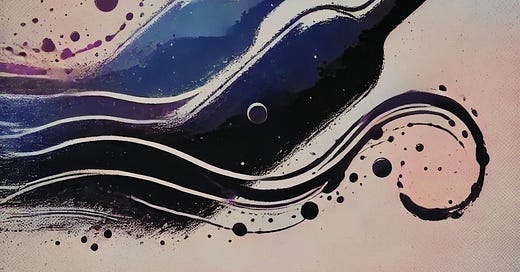



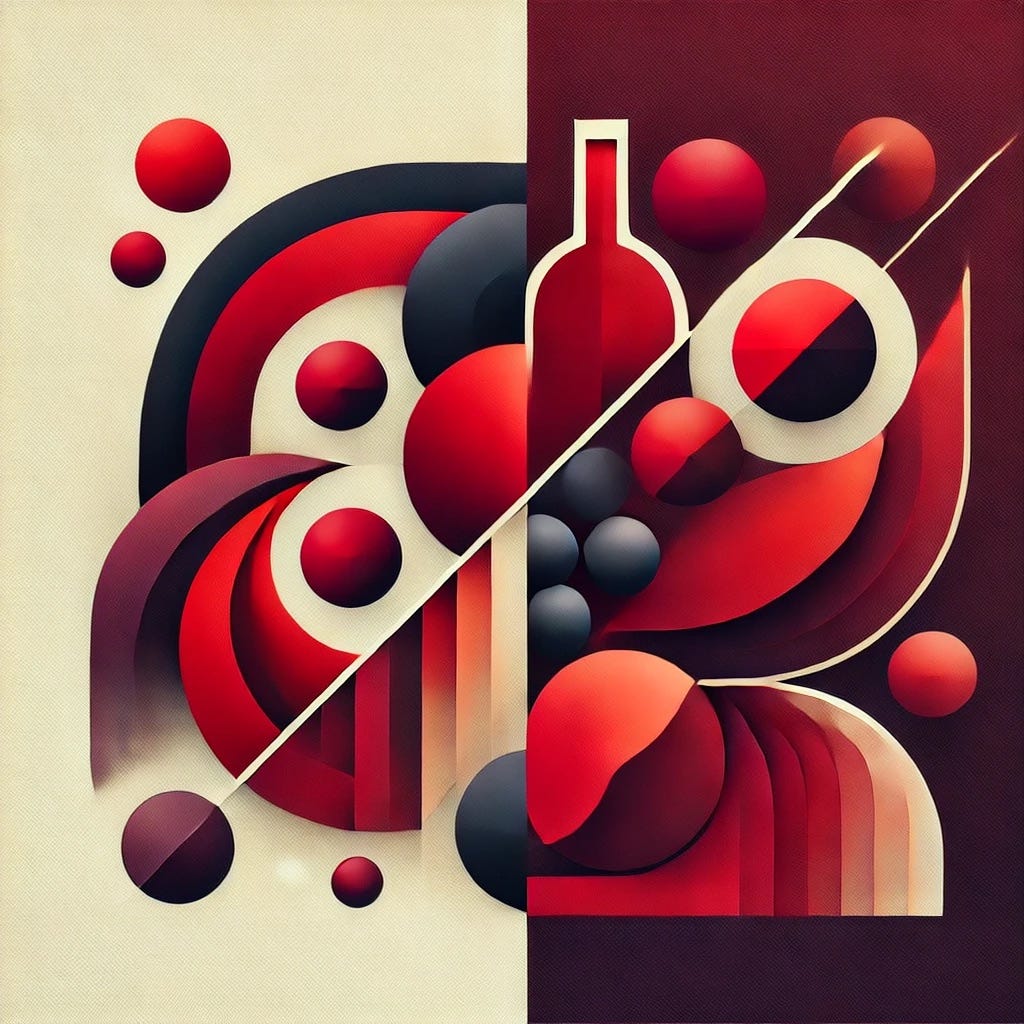
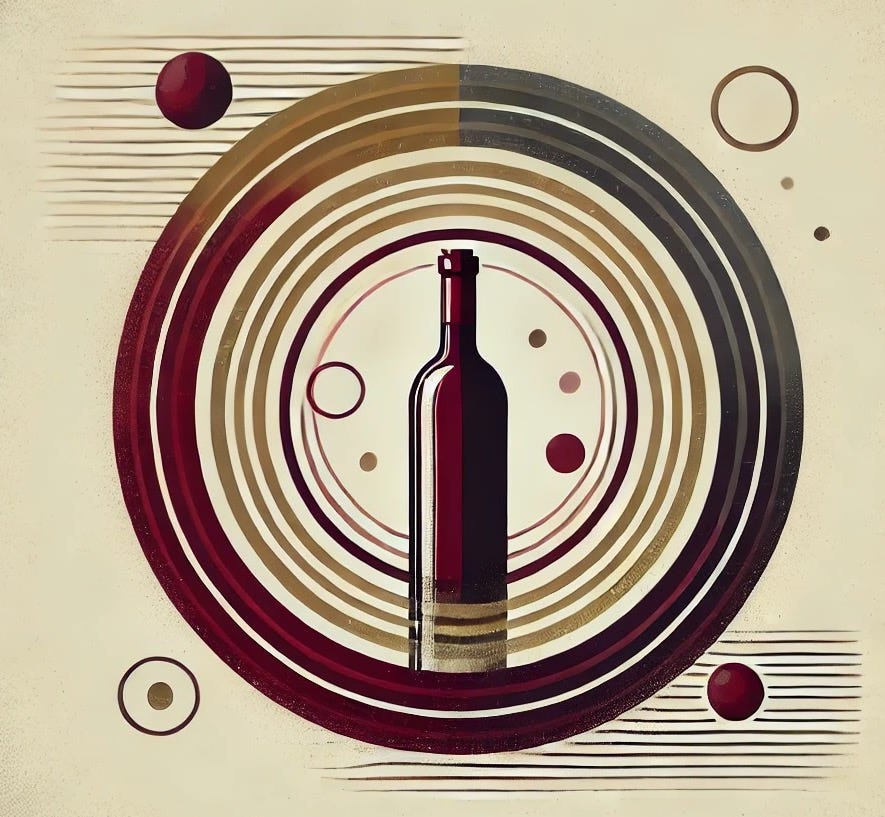
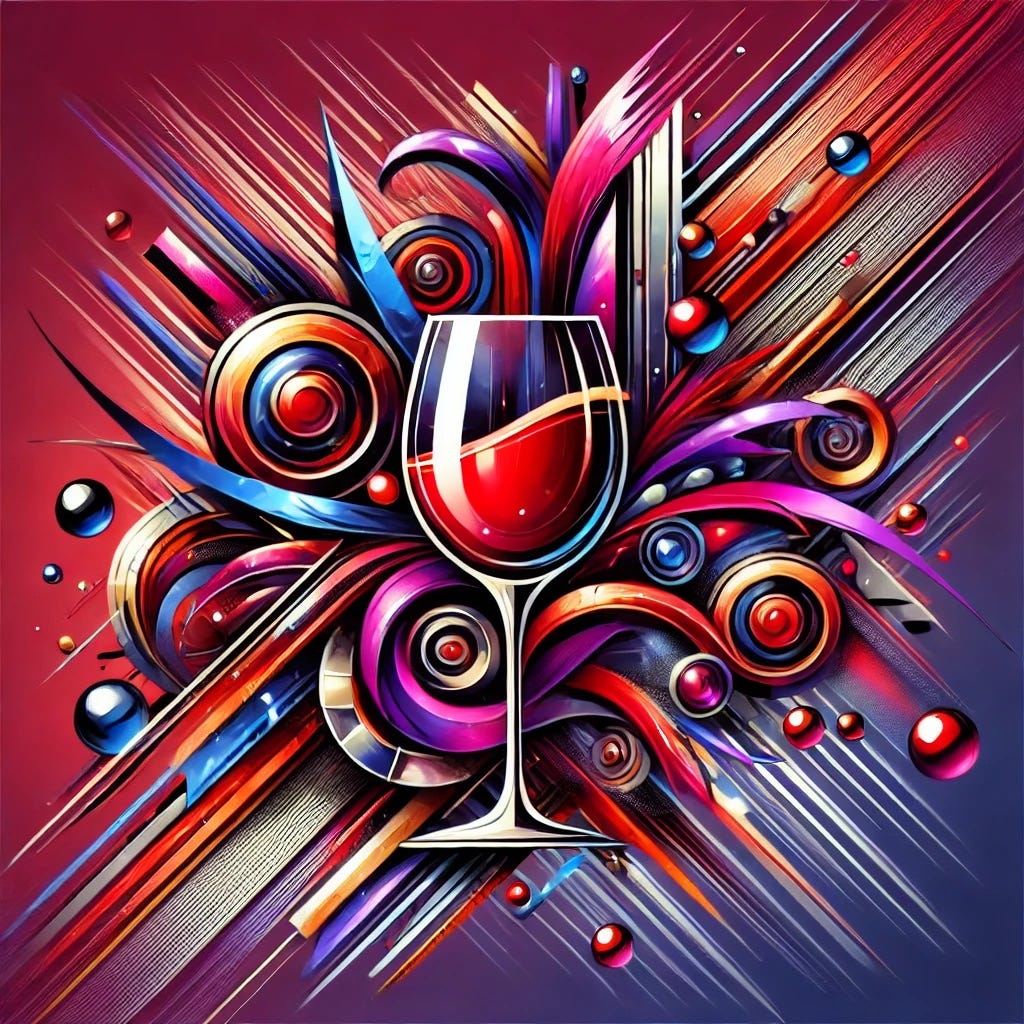
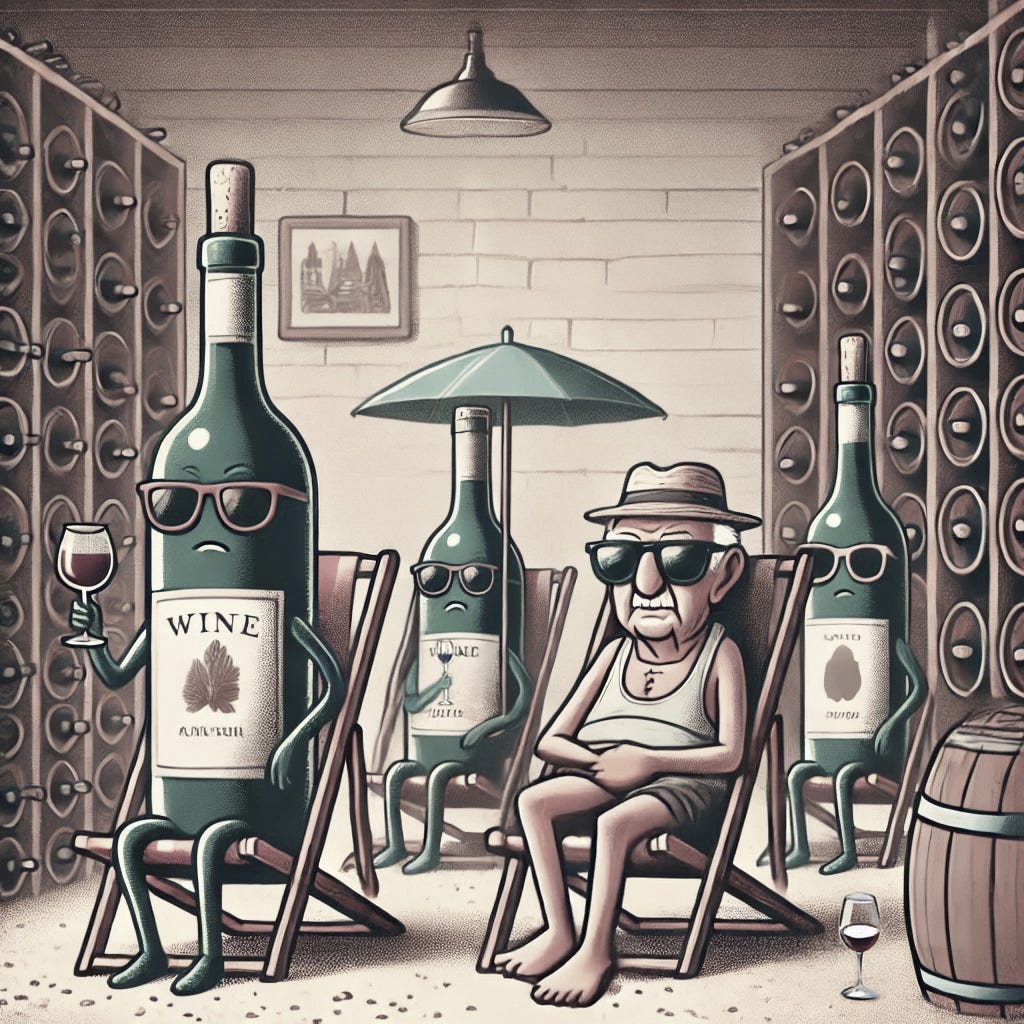
I’d love if maybe every third column was about something positive!
I bought a case of 1982 Mouton around 1985 as a future. It was $65 a bottle and scored 100 points. I opened a bottle about every 4 years or so. Every time, the wine was so closed that I thought it would never open up. I still have one bottle that I am hoping will be an amazing wine. Curiously, the wine is just 12% ABV. Hoping for the best!